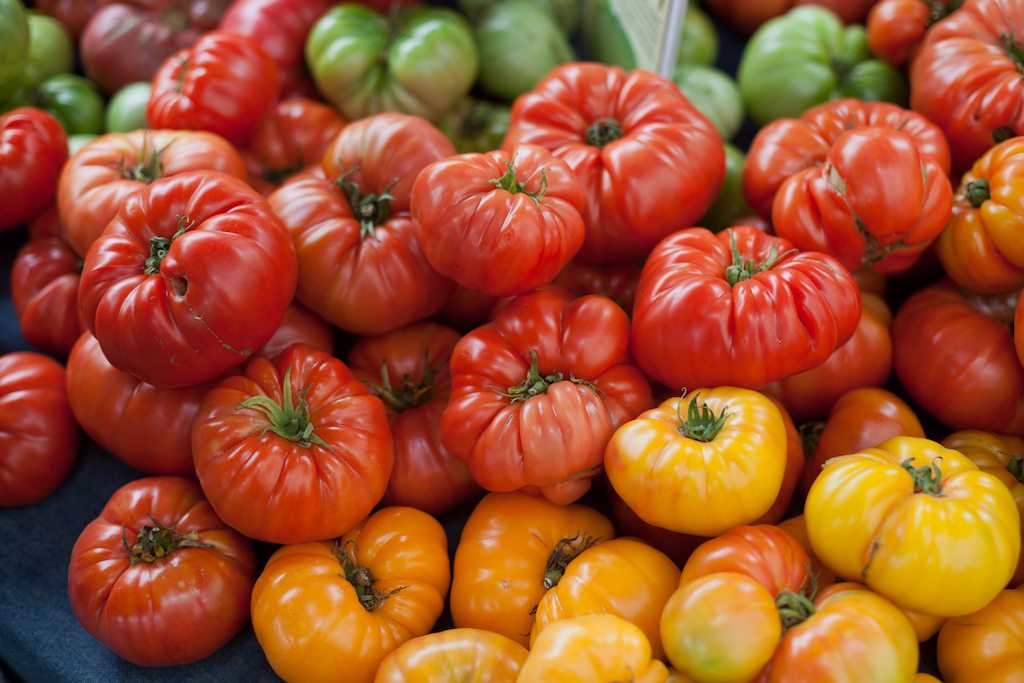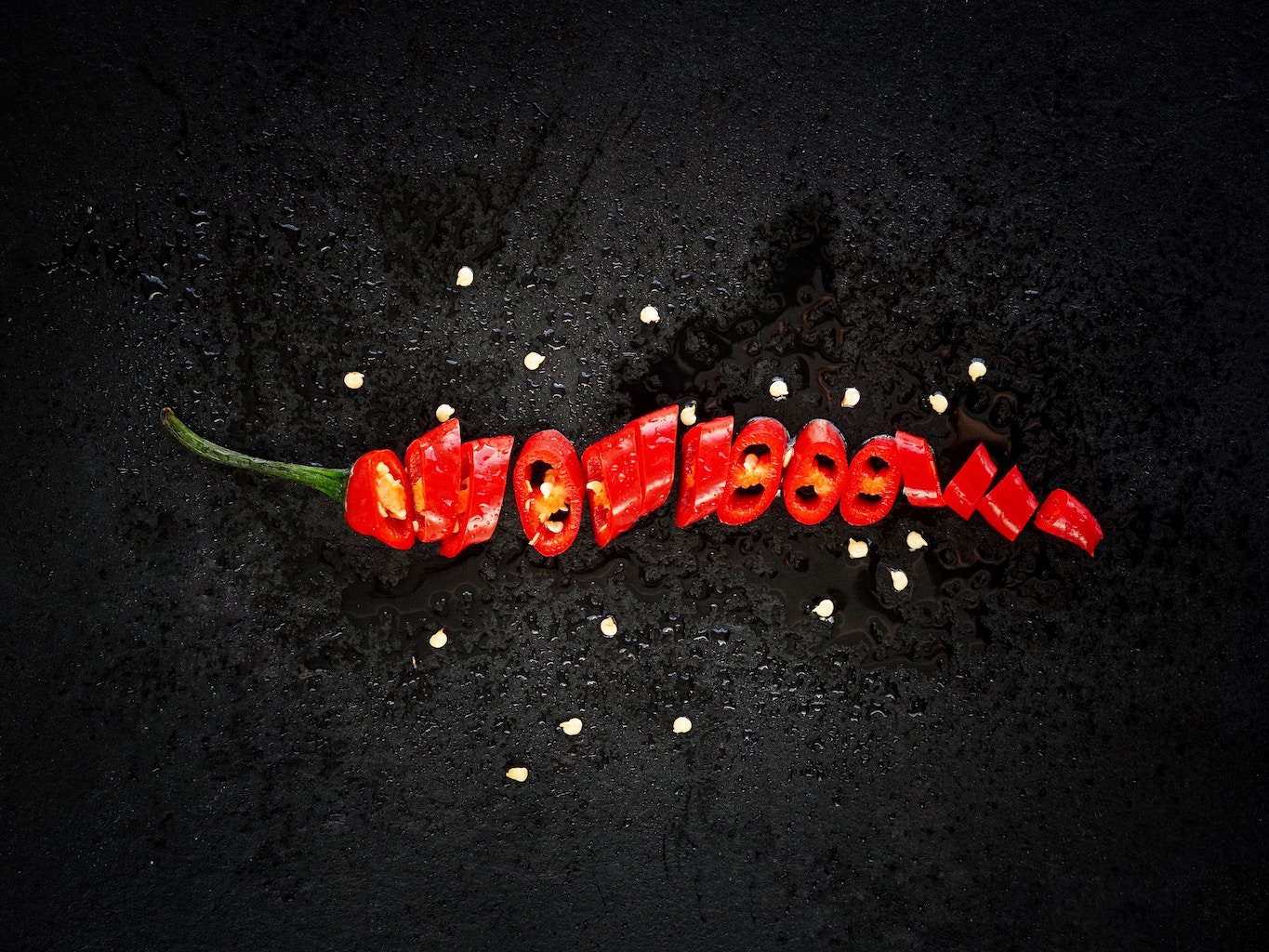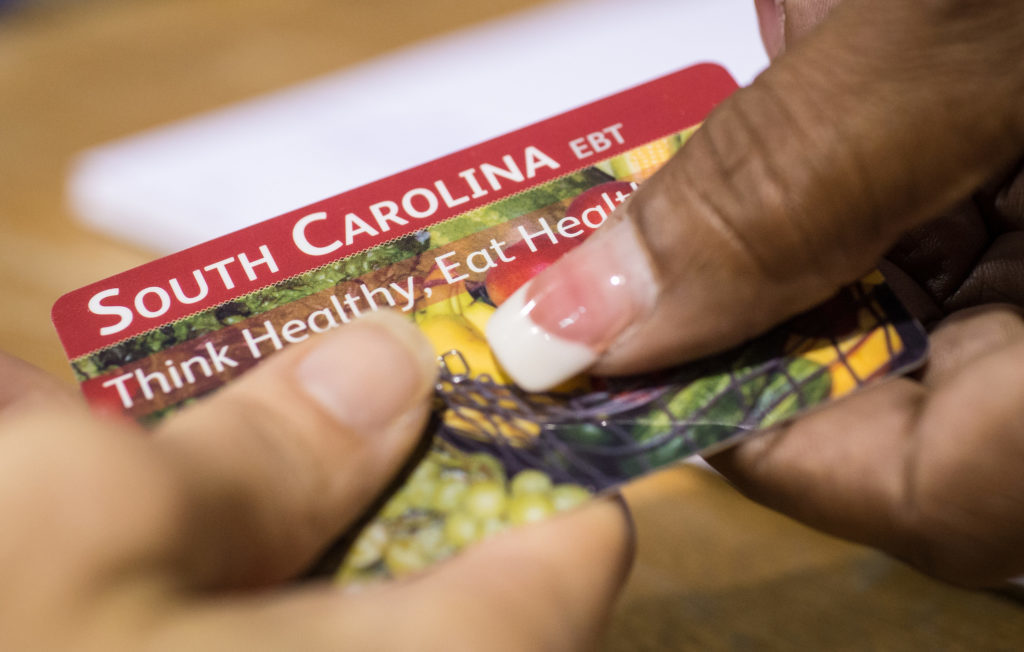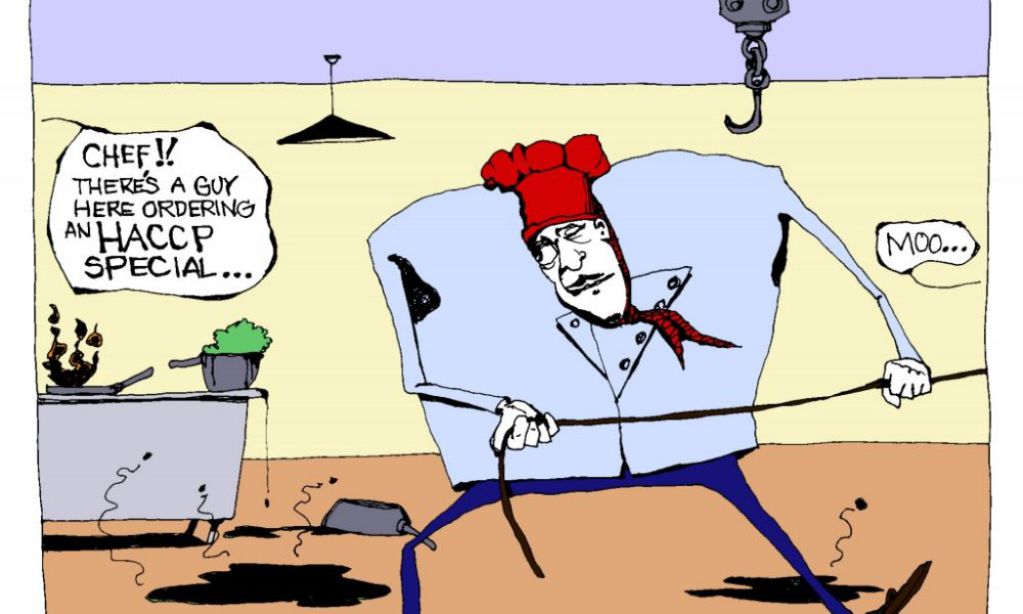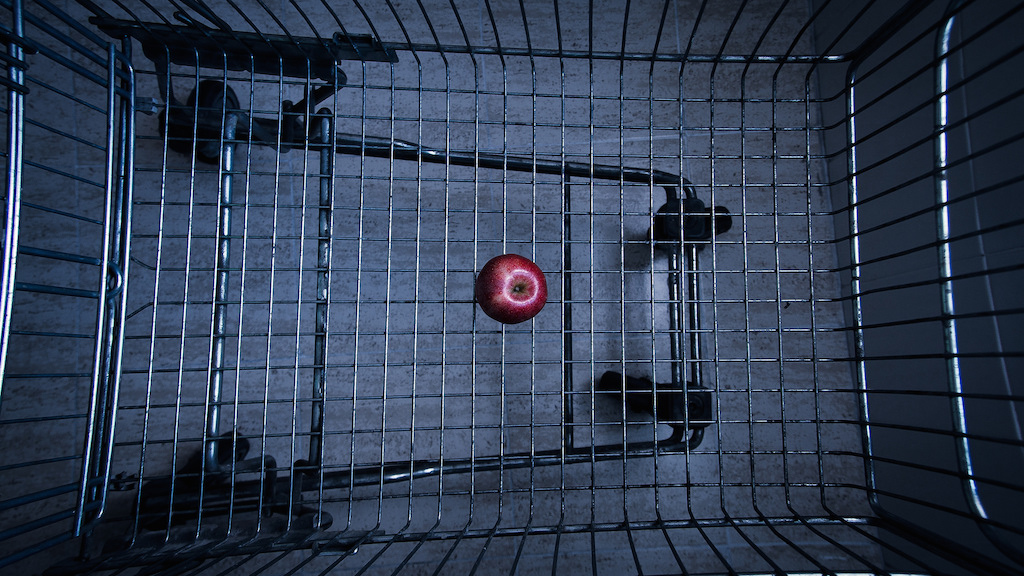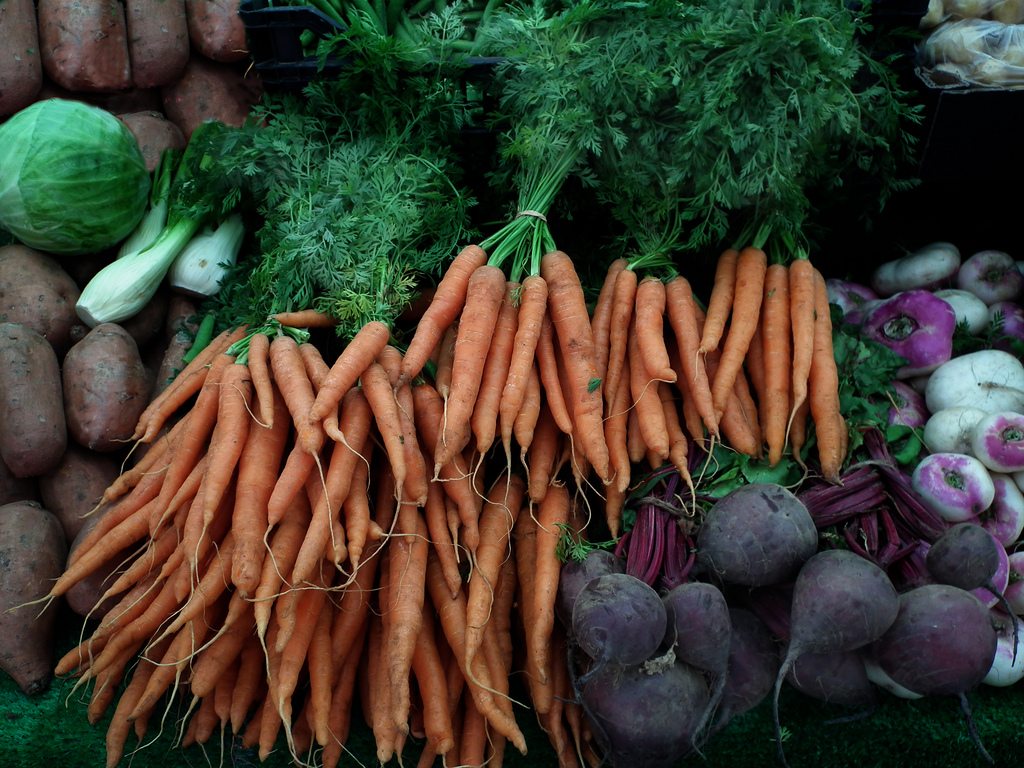We’ve all heard the same statistics a million times over: Americans waste a more than a third of the food produced in this country—at least 20 pounds per person, per month. In terms of raw calories, we waste enough to feed 85 percent of the nation’s population every single day. That’s 2,000 calories for more than 270 million people. Every day. It’s staggering.
But we’ve never gotten a clear picture of what’s actually being wasted. And by that we mean the nutritional quality of what’s wasted. We have anecdotal evidence of home cooks throwing away slimy greens and grocery stores chucking donuts and sheet cakes, but we’ve never gotten a real sense of how much protein, fiber, and nutrients land in the trash can—then the landfill—every year.
On Monday, the Johns Hopkins Bloomberg School of Public Health’s Center for a Livable Future released a study that attempts to do just that: analyze food wasted at the consumer and retail levels for its nutritional potential beyond raw calorie counts. Turns out that the food we waste could feed two-thirds of the population not just with any old calories, but with the recommended daily caloric intake of healthy food. That number takes into account not only macronutrients, like carbs and protein, but also micronutrients, like vitamin D, calcium and potassium, which many of us currently consume below the recommended levels.
Researchers used data from the United States Department of Agriculture (USDA) to track the quantities of more than 200 different foods (like mozzarella, canned beans, fresh beans, and high fructose corn syrup) that cycle through the U.S. food supply. They only measured food wasted at the retail level (grocery stores) and at the consumer level (your crisper), not on the farm or in packaging plants. (USDA keeps estimates of where, exactly, food is lost in the system.) In doing so, they were able to get a much deeper look at the nutritional profile of the food we’re throwing out. We now know we’re not just wasting 1,217 calories per person, per day. We’re each wasting 33 grams of protein, 5.9 grams of dietary fiber, 1.7 micrograms of vitamin D, 286 milligrams calcium and 880 milligrams potassium every 24 hours.
 Mike Milli
Mike Milli We throw away 48% of our iron, 43% of our vitamin C, and 29% of our calcium
These findings are of particular interest because, for the first time, they give us a new way to think about waste-related nutritional loss: by comparing it to nutrition deficiencies in the typical American diet. For example, the average adult is 4.4 milligrams short of the recommended daily intake of iron. But if we were to somehow capture all the iron that goes down the drain (or, you know, into the dumpster) and redistribute it, we could close that gap 379 million times over. Here’s another one: remember all those times you were told to eat more fiber? Well, if we extracted all the dietary fiber that’s going to waste, we could meet the daily recommendations for 206.6 million women or 103.9 million men.
Of course, this type of raw-numbers accounting is what loses presidential elections. The living, breathing food system is much more complex than what data alone can reveal (which is one reason the waste problem is so big in the first place). But the study’s authors point out that if we were to recover only an additional 1.75 percent of what we’re currently wasting, we could also recover substantial nutritional value for the population. We could do it pretty cheaply, too. The researchers point to a ReFED report that advocates low-investment methods like standardizing sell-by dates, educating consumers, and giving tax breaks to grocery stores that donate their leftovers.
While the researchers point out that all food can or should be recovered, the study is a reminder that we we can fight food waste by learning to think in terms that go beyond volume. The researchers argue that we might start by chucking the term “food waste” altogether, since its emphasis on waste suggests that what’s being tossed has little value. They prefer, instead, that we say “wasted food”—a small but revealing shift. It’s easy to feel overwhelmed by an issue we talk about in terms of sheer weight, a bulk of raw tonnage with however many zeroes. This study is a step towards reframing the discussion talking about food, and nutrients, and the things that the sustain us—and that makes the whole thing a little less abstract.
The study’s findings are available online in the Journal of the Academy of Nutrition and Dietetics.
